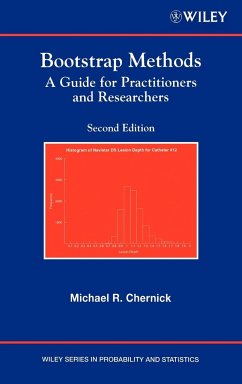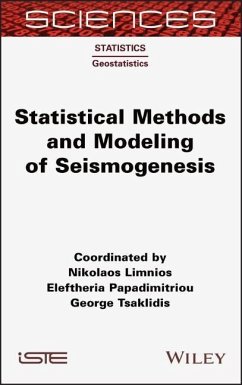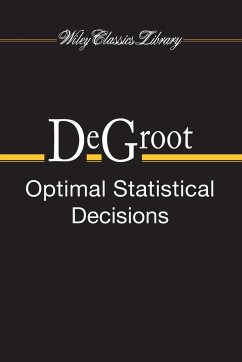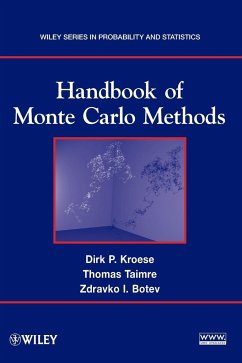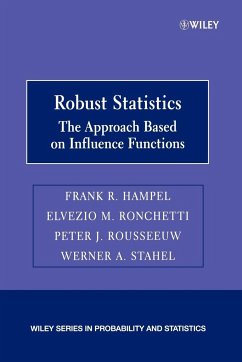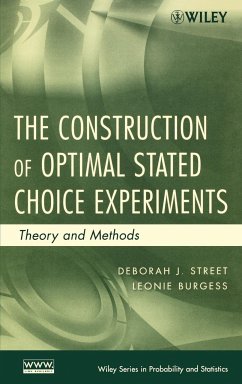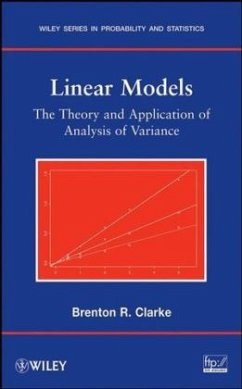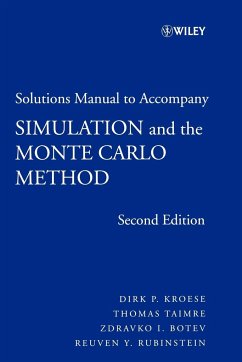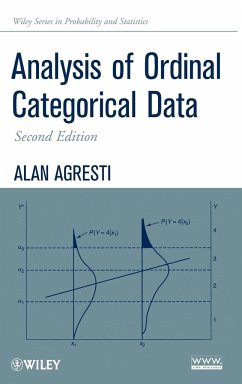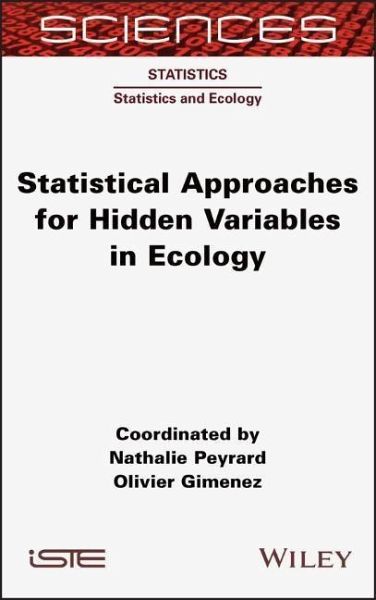
Statistical Approaches for Hidden Variables in Ecology
Versandkostenfrei!
Versandfertig in über 4 Wochen
158,99 €
inkl. MwSt.
Weitere Ausgaben:

PAYBACK Punkte
79 °P sammeln!
The study of ecological systems is often impeded by components that escape perfect observation, such as the trajectories of moving animals or the status of plant seed banks. These hidden components can be efficiently handled with statistical modeling by using hidden variables, which are often called latent variables. Notably, the hidden variables framework enables us to model an underlying interaction structure between variables (including random effects in regression models) and perform data clustering, which are useful tools in the analysis of ecological data.This book provides an introducti...
The study of ecological systems is often impeded by components that escape perfect observation, such as the trajectories of moving animals or the status of plant seed banks. These hidden components can be efficiently handled with statistical modeling by using hidden variables, which are often called latent variables. Notably, the hidden variables framework enables us to model an underlying interaction structure between variables (including random effects in regression models) and perform data clustering, which are useful tools in the analysis of ecological data.
This book provides an introduction to hidden variables in ecology, through recent works on statistical modeling as well as on estimation in models with latent variables. All models are illustrated with ecological examples involving different types of latent variables at different scales of organization, from individuals to ecosystems. Readers have access to the data and R codes to facilitate understanding of the model and to adapt inference tools to their own data.
This book provides an introduction to hidden variables in ecology, through recent works on statistical modeling as well as on estimation in models with latent variables. All models are illustrated with ecological examples involving different types of latent variables at different scales of organization, from individuals to ecosystems. Readers have access to the data and R codes to facilitate understanding of the model and to adapt inference tools to their own data.





